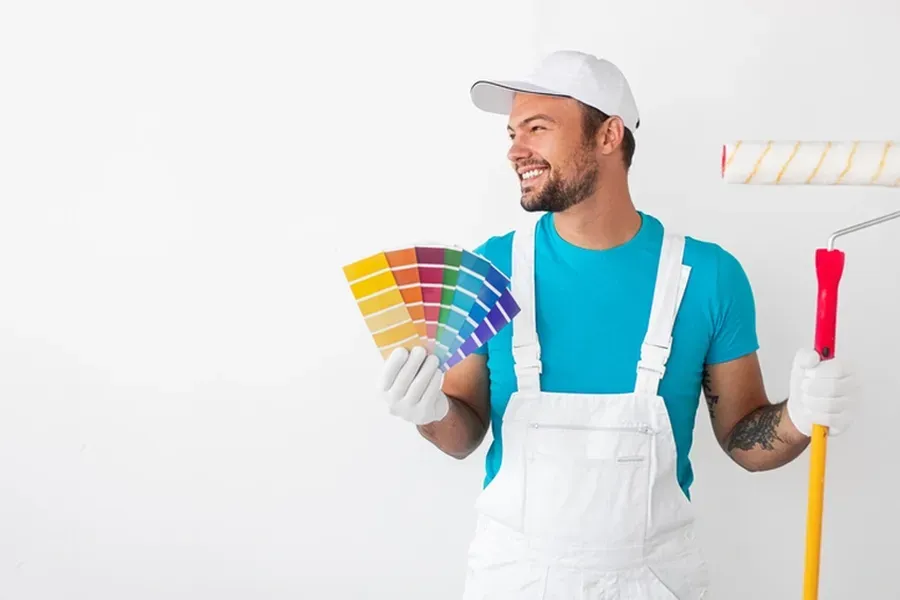The Impact of Colors on Mood and Ambiance
Colors play a crucial role in shaping our perceptions and emotions within a space. Understanding how colors impact us can significantly enhance the effectiveness of any design. When it comes to painting interiors, choosing the right color scheme goes beyond mere aesthetics. It involves creating an environment that aligns with psychological principles to evoke desired feelings and behaviors. This article explores various aspects of color psychology in relation to interior painting and provides actionable insights for optimal outcomes.

The Importance of Color Choice in Design
The selection of colors is more than just a stylistic decision; it has profound effects on mood and ambiance. The colors you choose for your home or office can influence emotions, productivity, and even interpersonal interactions. For instance, blues and greens are often associated with calmness and tranquility, making them ideal for bedrooms or relaxation areas. Conversely, warm colors like reds and oranges can create energy and excitement, suitable for social spaces or areas requiring vigor.
Psychological Effects of Different Colors
Each color triggers different emotional responses. Here are some common associations:

- Red: Stimulates energy and passion but may also increase anxiety levels.
- Blue: Calming and serene, ideal for promoting focus and relaxation.
- Green: Represents growth and renewal, offering a balance between warmth and coolness.
- Yellow: Evokes happiness and optimism but can be overwhelming if used excessively.
- Purple: Conveys luxury and creativity, often used in spaces designed for inspiration.
Practical Tips for Choosing Colors
Selecting the right colors for interior painting requires careful consideration of several factors. First, assess the room’s purpose and the kind of atmosphere you wish to cultivate. Consider existing furniture, natural lighting, and personal preferences as well. Test paint samples before committing, as colors can appear different under various lighting conditions. A well-thought-out choice enhances not only the visual appeal but also the psychological comfort of a space.
Common Mistakes to Avoid
Avoid using too many vibrant colors in one area, as this can create confusion rather than harmony. Similarly, overly dark shades can make rooms feel cramped and oppressive. Balance is key: use bold colors sparingly as accents against neutral backgrounds to maintain aesthetic balance. Pay attention to transitions between rooms to ensure they complement each other instead of clashing.
How to Integrate Color Trends
Trends can offer inspiration but should not dictate every choice in interior painting. It’s important to adapt trends to suit individual needs and preferences. Incorporating trendy colors through small elements like cushions or artwork allows flexibility without major commitment. This way, you can easily update your space without undergoing frequent full-scale renovations.
Cost Considerations With Color Selection
The cost involved in repainting should factor into your decision-making process. While high-quality paints may seem expensive upfront, their durability saves money over time. Investing wisely ensures long-lasting satisfaction without frequent touch-ups. Moreover, certain colors might necessitate more coats, affecting overall budget and labor costs.
Your Path to Beautiful Interiors Starts Here
If you’re ready to transform your living space, understanding color psychology is paramount. Contact Kenny Rhett Handyman at (510) 228-1960 for professional advice tailored to your needs. Based in Alameda, CA, we specialize in creating environments that resonate with your goals. Let us help bring your vision to life through expert guidance and quality service.